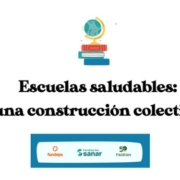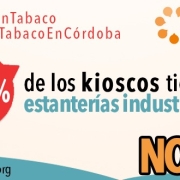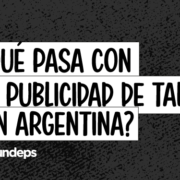The right to health in times of pandemic
On December 31, 2019, the first cases of COVID-19 were reported in the city of Wuhan, China. On March 11, 2020, the WHO Director-General characterized it as a pandemic, also highlighting the alarming levels of spread and severity of the virus. This exceptional situation puts the right to health and its interrelation with other rights in tension, at the same time that it challenges States and their health systems, especially for the protection of groups in vulnerable situations.
“Below, we offer a google translate version of the original article in Spanish. This translation may not be accurate but serves as a general presentation of the article. For more accurate information, please switch to the Spanish version of the website. In addition, feel free to directly contact in English the person mentioned at the bottom of this article with regards to this topic”.
The Universal Declaration of Human Rights establishes that everyone has the right to an adequate standard of living that ensures him and her family health and well-being, especially food, clothing, housing, health care and the necessary social services (Art 25). Health, as a fundamental human right, is affected by social, economic, and environmental factors, among others; at the same time that it is interrelated to the exercise of other rights with which it is closely linked and on which it depends.
The isolation and social distancing measures are supported by the scientific evidence that is beginning to be collected about the outbreaks of contagion of the pandemic. They must respect human rights and especially protect marginalized and poor populations, who may be disproportionately affected. However, inequality in access to health services becomes more evident in this urgent context, which should challenge the entire society, and particularly those in decision-making positions, about the importance of having systems health benefits and the benefits of actively working to provide infrastructure for disease prevention.
Likewise, we all have the responsibility to comply with sanitary measures to protect ourselves and thus prevent the spread of the virus, the saturation of hospitals and health care centers. By reducing the risk of contagion to other people, who may or may not be within the risk groups, we are allowing current health systems to respond and provide adequate and immediate care to those who need it.
In this context, we share with you an analysis of the right to health in times of pandemic and the needs to protect the most vulnerable groups.
More information
Author
- Ana Carla Barrera Vitali
- Gaetano Vaggione
Contact
- Agustina Mozzoni, agustinamozzoni@fundeps.org






